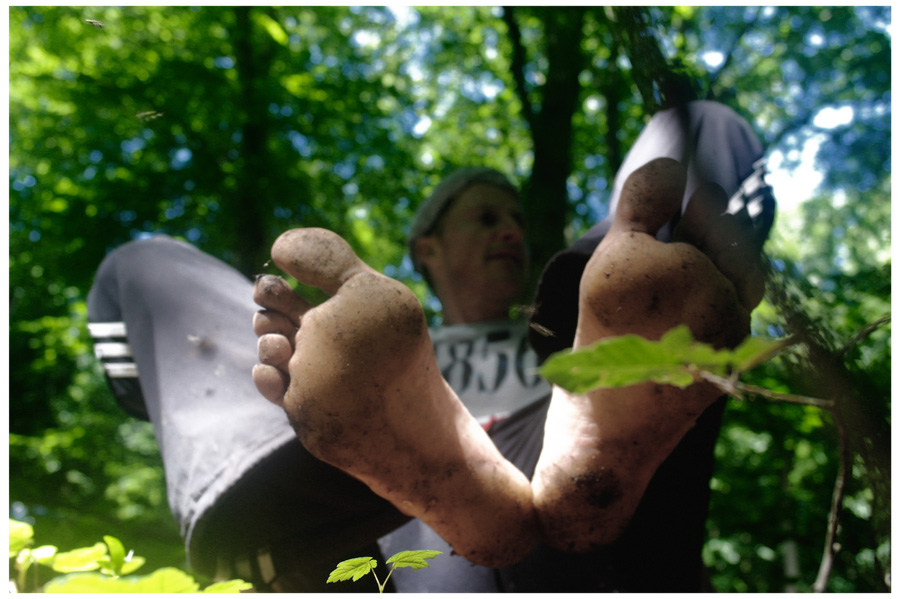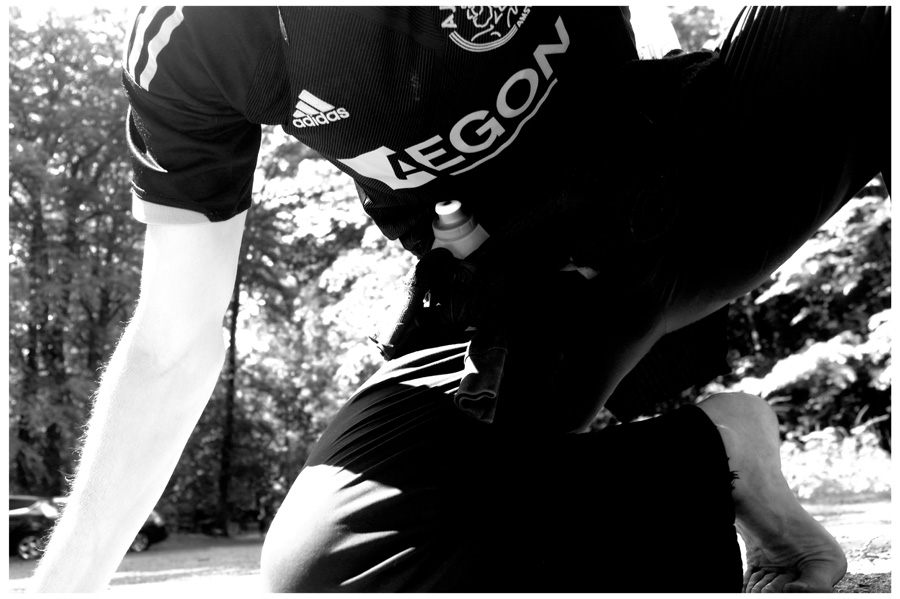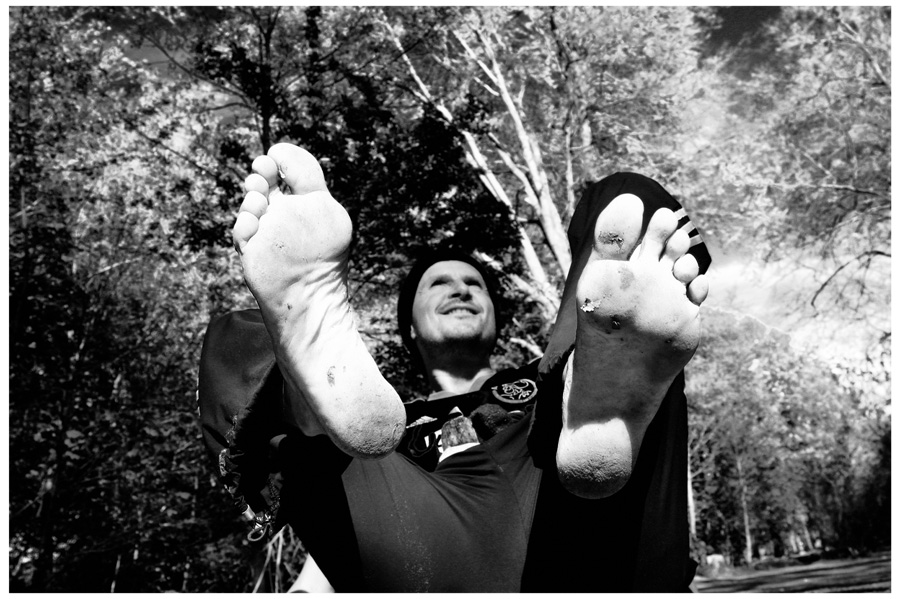SAR_prologue
- Details
- Hits: 6596

Above: FP SAR 30K-BL-training. Sar training: Peal it off, adjust the parts and reassemble.
SAR_7_along_the_way
- Details
- Hits: 6473

Above: FP 30K SAR BL training. Training at BL (Best Level) automatically introduces recovery and healthy behaviour into training experiences: overload exceeds BL-territory (leads to injury and drifting away from BL). SAR training is trail-training, focussed upon improvement of technique and effeciency. NO MATTER WHERE, NO MATTER WHAT: create optimum character-exposure and accelerated progression (run, built, jump, plunge, climb, fall, swim et cetera). Evolve alert and creatively and efficient and technically sound. Trough strategic use of available resources, including time, terrain, weather, technical-support (and injury treatment, food and rest).
"Do today what others won't. Do tomorrow what others can't. Hooyah!" - Mark Divine
*) "The task of the lighting technicians is an extremely creative one. A really good lighting man has his own plan, though he of course still needs to discus it with the cameraman and the director. But if he does not put forth his own concept, his job becomes nothing more than lighting up the whole frame. I think, for example, that the current method of lighting for color film is wrong. In order to bring out the colors, the entire frame is flooded with light. I always say the lighting should be treated as it is for black-and-white film, whether the colors are strong or not, so that the shadows come out right."
*) "During the shooting of a scene the director's eye has to catch even the minutest detail. But this does not mean glaring concentratedly at the set. While the camera's are rolling. I rarely look directly at the actors, but focus my gaze somewhere else. By doing this I sense instantly when something isn't right. Watching something does not mean fixing your gaze on it, but being aware of it in a natural way.I believe this is what the medieval Noh playwright and theorist Zeami meant by "watching with a detached gaze.""
*) "What is cinema? The answer to this question is no easy matter. Long ago the Japanese novelist Shiga Naoya presented an essay written by his grandchild as one of the most remarkable prose pieces of his time. He had it published in a literary magazine. It was entitled "My Dog," and ran as follows: "My dog dog resembles a bear; he also resembles a badger; he also resembles a fox…." It proceeded to enumerate the dog's special characteristics, comparing each one to yet another animal, developing into a full list of the animal kingdom. However, the essay closed with, "But since he's a dog, he most resembles a dog. I remember bursting out laughing when I read this essay, but it makes a serious point. Cinema resembles so many other arts. If cinema has very literary characteristics, it also has theatrical qualities, a philosophical side, attributes of painting and sculpture and musical elements. But cinema is, in the final analysis, cinema.""
Akira Kurosawa: "Advice to young people considering a career in filmmaking", adapted by Audie E. Bock, first published in 1975, cited from 'Something Like an Autobiography' (page 191, 'Some Random Notes on Filmmaking')
More: http://bartvanbroekhoven.com/en-US/running/78-sar-11-dirt-dive
See also: http://sealfit.com/blog/
SAR_6_along_the_way
- Details
- Hits: 6488

Above: Footprint after 32K SAR BL training.
"The roaring of lions, the howling of wolves, the raging of the stormy sea, and the destructive sword, are portions of eternity too great for the eye of man."
William Blake as quoted by Joseph Campbell 'The hero with a thousand faces' ('The world navel', page 44)
"Photography is a luminous drawbridge trough which the story has to reach the audience and the audience has to acces the story, the DP and the director have to built it together with the same objectives. Cinema is synthesis: the rapid and ever increasing popularity of the cinema is due to the possibility of concentrating huge amounts of information in its images, and the immediacy of the process with which the eye transmits them to the brain.
The set of rules that technique [...] allows us are indispensable to express ourselves better, more thoroughly and rapidly with the available means. It would be almost impossible to do […] without a great technical training. Everything is to be measured in terms of balanced relationships to serve the story that is committed to us. The enjoyment of the cinematographic show will be the more complete, the less the technique disturbs the story.
To know one's limits is indispensable even to a director of photography -- it is an invaluable gift because the curiosity it generates stimulates one to invent and experiment."
Guiseppe Rotunno in 'Guiseppe Rotunno', published in 1999 by Camerimage, Poland (page 30, 31, 69)
SAR_11_dirt_dive
- Details
- Hits: 6469

Above: 30K SAR footprint
"Get in...get it over with...then get out"
'The Ballad of Cable Hogue' (1970) -- directed by Sam Peckinpah
As suggested in the previous post, best level is achieved when intensity and frequency are balanced.
Balanced frequency and intensity lead to progression and growth and fun.
See also:
http://bartvanbroekhoven.com/en-US/running/77-sar-10-threshold



